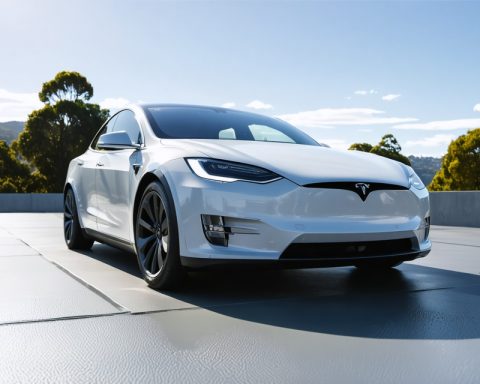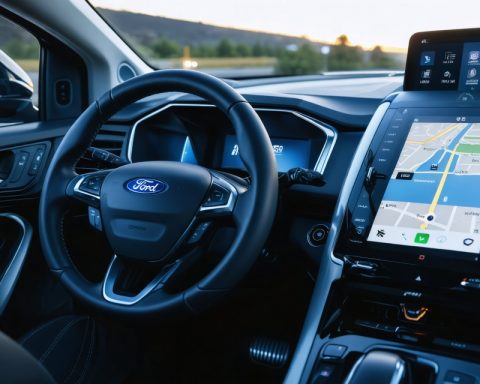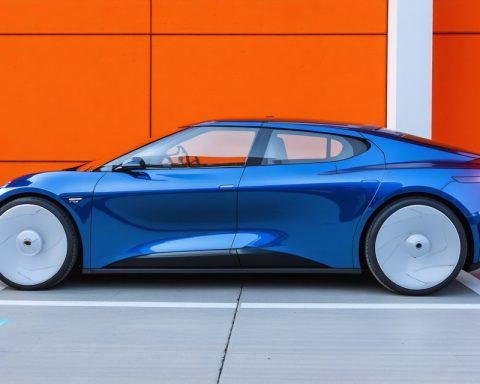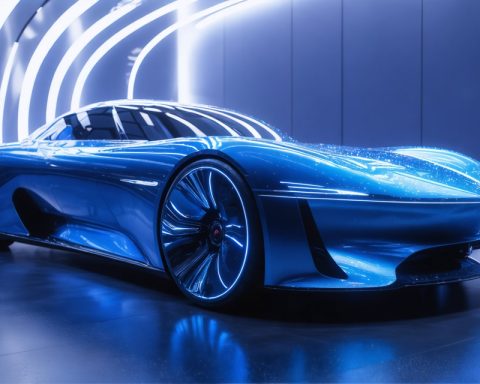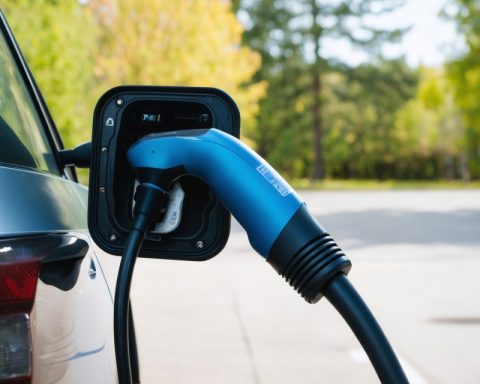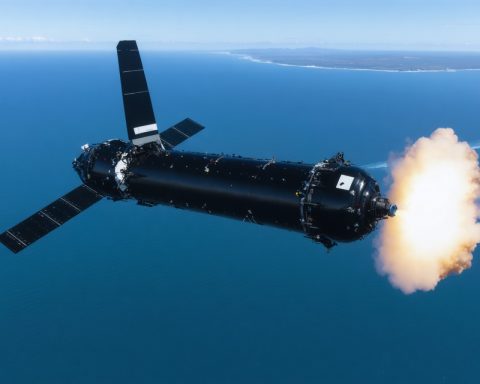- Neural Autopilot is Tesla’s groundbreaking AI technology capable of learning and adapting from real-world driving scenarios.
- Utilizes deep learning algorithms to process extensive driving data for accurate and efficient road condition reactions.
- Poised to potentially reduce traffic accidents by 90%, enhancing global traffic safety.
- Expected to debut in select Tesla models by mid-2024, marking a significant technological shift in the automotive industry.
- The self-evolving AI minimizes the need for frequent software updates, optimizing safety and daily commutes.
- Potential challenges include market readiness, public trust, and high initial costs, yet it could set new industry benchmarks.
- Tesla’s innovation signals a transformative era of efficiency, safety, and innovation in vehicle technology.
Tesla is poised to revolutionize the automotive world with its latest innovation, the Neural Autopilot. This cutting-edge AI technology is set to turn conventional self-driving systems on their head, thanks to its ability to learn and adapt from myriad real-world driving scenarios. Utilizing a powerful deep learning algorithm, Neural Autopilot processes millions of hours of driving data, allowing it to react to road conditions with unprecedented accuracy and efficiency.
In a landscape where reducing traffic fatalities is a global priority, Neural Autopilot emerges as a beacon of hope. It has the potential to reduce traffic accidents by an astonishing 90%, offering a glimpse of a future where the human driver becomes an anomaly. Slated for debut in select Tesla models by mid-2024, this technology is more than just an upgrade—it’s a paradigm shift.
The self-evolving AI can continuously improve its performance, minimizing the need for constant software updates. This leap forward not only enhances safety and reliability but also optimizes daily commutes, promising quicker journeys and less congested roads. However, the path to ubiquity is not without challenges. Concerns about market readiness and public trust linger, along with the initial high cost of rollout.
Yet, Neural Autopilot may very well set new industry standards, pushing competitors to elevate their game. As Tesla spearheads this autonomous revolution, it signals a transformative era for automotive tech—a seamless marriage of efficiency, safety, and innovation, shaping a more sustainable future. Embrace the dawn of driverless vehicles, where technology and imagination pave the roads ahead.
The Driverless Revolution: Tesla’s Neural Autopilot Sets a New Standard
Neural Autopilot: Pros and Cons
The introduction of Tesla’s Neural Autopilot is expected to pave the way for a reimagined driving experience. Here’s a balanced look at its core strengths and possible drawbacks:
– Pros:
– Advanced Learning Algorithm: Neural Autopilot is powered by sophisticated deep learning techniques, continuously adapting to diverse driving scenarios.
– Safety Enhancements: With a potential to decrease traffic accidents by 90%, this system promises significant advancements in public road safety.
– Efficiency in Travel: By optimizing paths and reducing congestion, Neural Autopilot aims for quicker commutes.
– Cons:
– Market Acceptance: Public trust remains a hurdle, as widespread acceptance of fully autonomous vehicles is still developing.
– Cost Concerns: The initial investment and rollout expenses could be prohibitive for some consumers and markets.
– Legal and Regulatory Challenges: Navigating the complex landscape of laws governing self-driving technology poses a potential barrier.
Specifications and Innovations
– Adaptive Learning: Neural Autopilot harnesses data from millions of driving hours, making it one of the most dynamically evolving self-driving systems.
– Software Efficiency: Unlike traditional updates, this AI minimizes the need for frequent manual software updates, enhancing long-term performance.
– Energy Usage: The technology is designed to operate with optimal energy efficiency, aligning with Tesla’s sustainability goals.
Pricing and Market Analysis
The anticipated entry of Neural Autopilot into the market sees Tesla poised as a leader in autonomous technology. While premium pricing is expected initially, economies of scale may reduce costs as adoption grows. Market forecasts suggest a significant rise in valuation for Tesla, estimated to drive a new wave of consumer demand.
Three Key Questions Answered
1. How does the Neural Autopilot compare to traditional self-driving systems?
Tesla’s Neural Autopilot represents an advanced leap beyond traditional systems by using a deep learning algorithm that continuously improves. Unlike basic systems that rely on pre-programmed routes or conditions, Neural Autopilot learns from real-world driving data, enhancing its adaptability and precision.
2. What are the implications for traffic safety with the Neural Autopilot?
If Neural Autopilot successfully reduces traffic accidents by 90%, it could potentially transform road safety standards worldwide. This dramatic shift might lead to fewer road fatalities and injuries, changing insurance models and reducing healthcare costs related to accidents.
3. What could be the timeline for market dominance of Neural Autopilot?
With its launch slated for mid-2024, Neural Autopilot may achieve significant traction over the next few years. However, full market dominance will depend on overcoming public trust issues, cost reductions, and the establishment of robust legal frameworks. Competitors may also introduce similar technologies, which could either slow or accelerate its adoption depending on market dynamics.
For further insights on Tesla’s pioneering technologies, visit Tesla’s official website.



